What To Look Out For - June 2018
One of my favourite resident woodland birds is the Eurasian Nuthatch. Despite many problems for songbirds in the UK, the Nuthatch has increased its range and numbers in recent years. This may be partly due to their inherent ability to adapt to new environments; they have become increasingly common in gardens where they are attracted to bird feeders. They also have a wonderful range of abilities to protect themselves from nest predators such as the powerful Great Spotted Woodpecker.
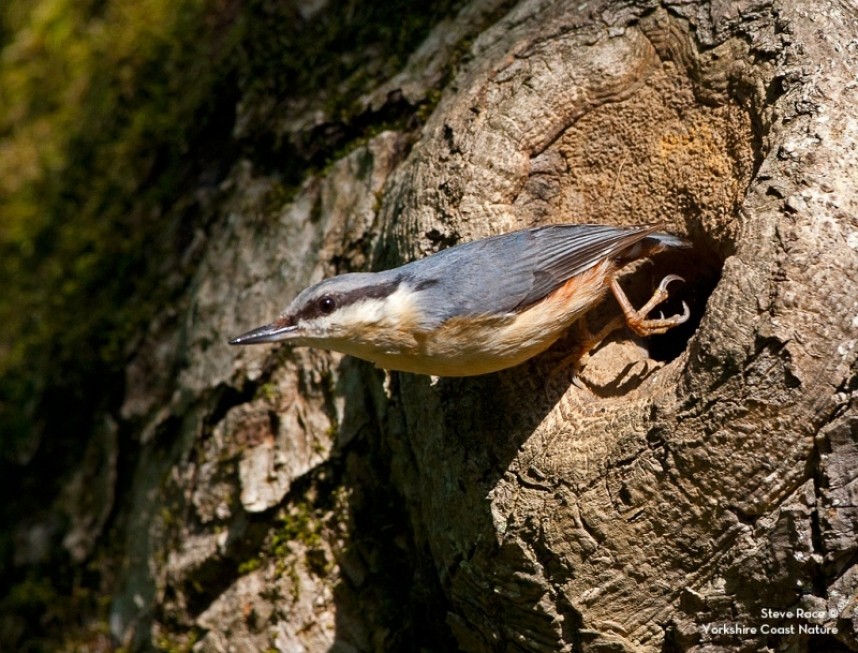
Their nest hole is either chosen to be precisely the right size (approximately 3cm x 3cm), or if the hole is too large they plaster mud around the entrance to create exactly the right dimensions and strengthen the entrance from attack! They also bring bark flakes to the nest to hide the eggs and small young which lie within a hollow in the flakes. When under attack from predators the older chicks instinctively press themselves tight up against the back of the nest cavity as far away from the entrance as possible. All fantastic adaptations which may give them just be enough of an advantage to survive from nest raiders.
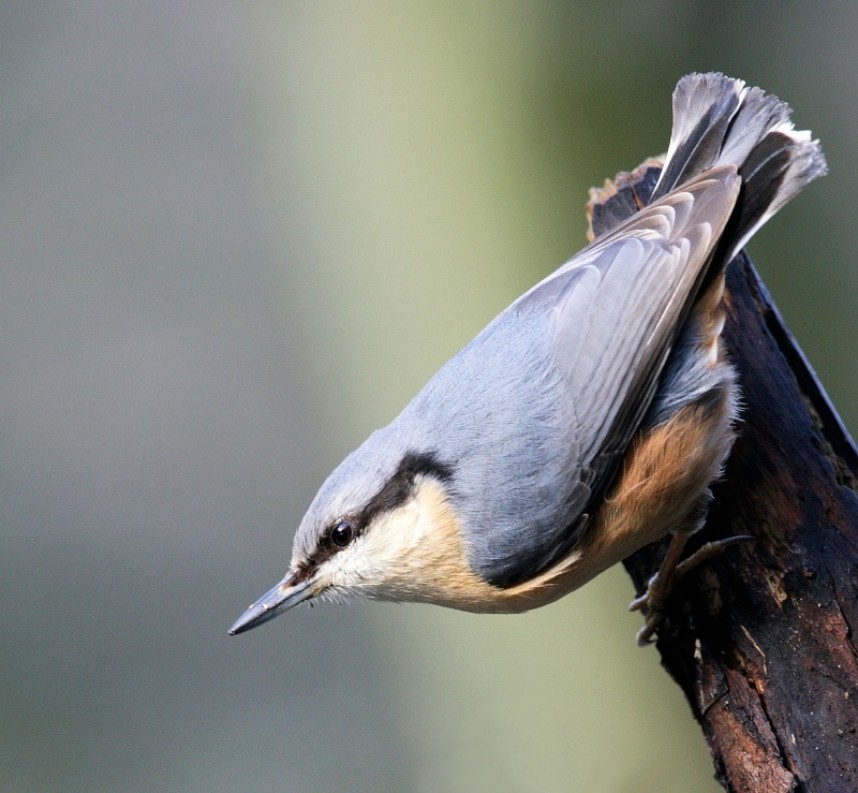
Nuthatches are common in large woodlands such as Forge Valley National Nature Reserve in North Yorkshire where they can be seen at the feeding station. They are also increasing in East Yorkshire where previously they were scarce.
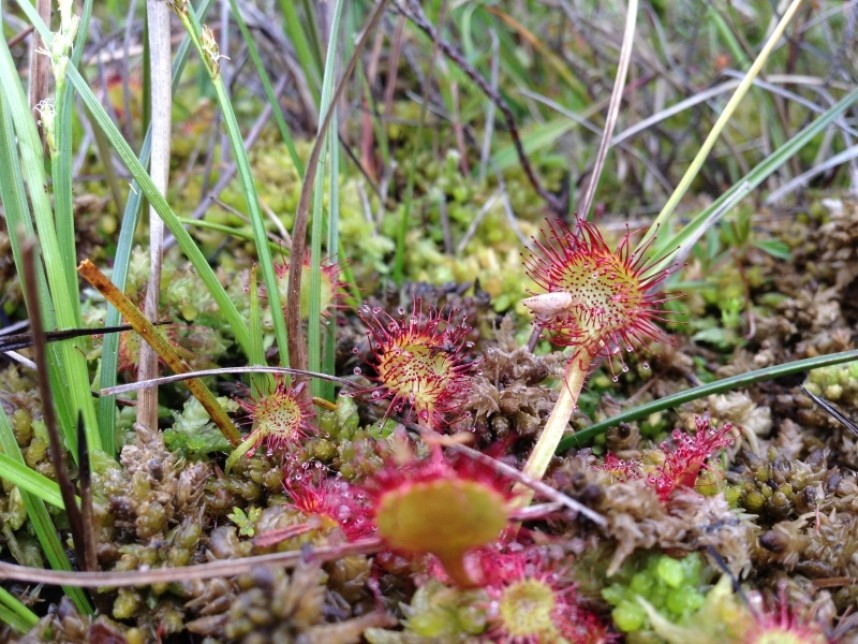
Round-leaved Sundew © Richard Baines
June is a great time of year to explore the open moorland and valleys in the North York Moors National Park. Under your feet are the most amazing plants such as the carnivorous Round-leaved Sundew. The family gets its name from the fiery red colour and sticky dew like drops at the end of each tentacle. Insects are lured to land on the plant by the bright colours. What they don’t expect is the sticky trap on the leaf which curls over the insect, slowly digesting the meal. The nutrients in the insects allow these plants to survive in the barren water logged habitats where plant food is scarce. Look out for Sundew anywhere there is a wet boggy habitat on an acid moorland or heathland, but be sure to wear your wellies!
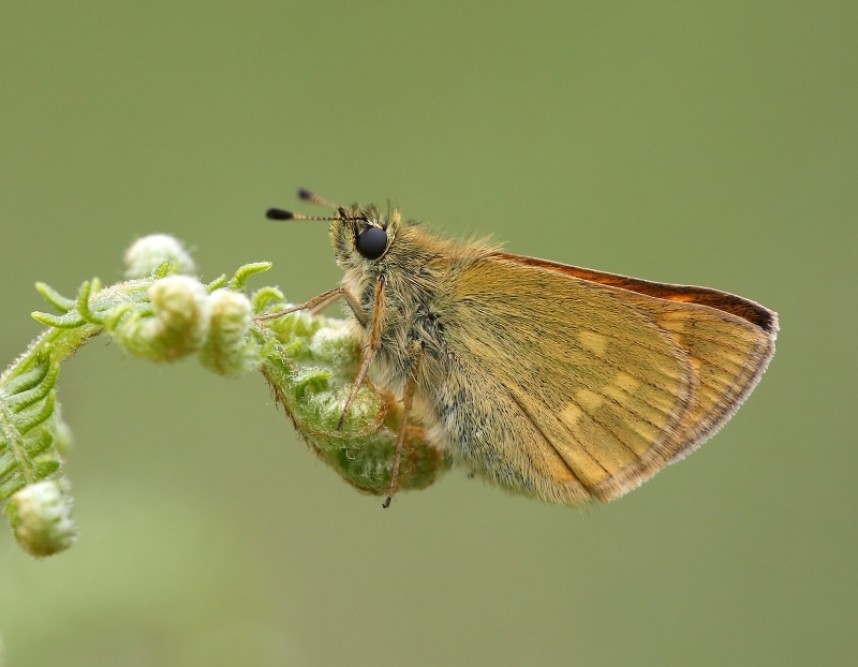
Large Skipper (male) © Dan Lombard
Butterflies are a well-loved family of insects but whilst most people delight in seeing large colourful species such as the Peacock, smaller butterflies can often go unnoticed. One of the commoner species but trickiest to catch up with is the Large Skipper. Skippers are well named aswhen they first fly up from a plant they are so fast and quickly vanish in mid-air as they skip in rapid busts of flight over the foliage. The male Large Skipper is predominantly orange with four sets of wings. Look out for the dark streak on the wing of a male. This is called an Androconia; a streak within which pheromones are contained on tiny hairs and released to attract females.
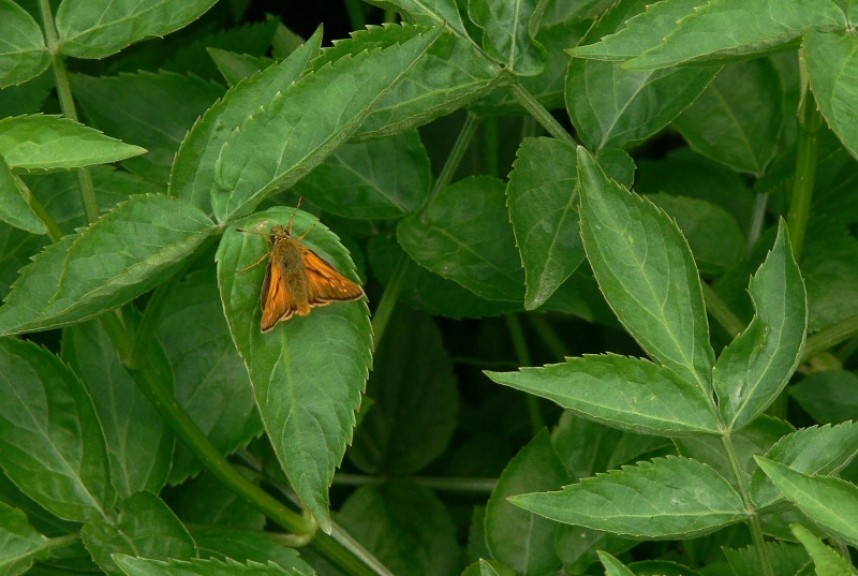
Large Skipper (male) © Richard Baines
Recent Sightings
The warm weather in May has been a boom for many insects; it was just what we needed after the very cold weather in the earlier part of spring this year. One of the most noticeable insect events was the huge number of Sycamore Aphids on the wing. This was great news for many of our best loved garden birds such as House Sparrows, Blue Tits and Great Tits. A big food boost as they recover body fat after the cold weather and at the same time feed their tiny new born in their nests. Many other birds feast on aphids and occasionally unexpected mysteries occur. I took this video of a male Turtle Dove in North Yorkshire recently. It appears to be catching Sycamore Aphids as they fly from the tree, this would be very unusual behaviour for Turtle Doves as they are supposed to only eat seeds… Or it may be adjusting its crop after eating seeds earlier. Bit of a bird behaviour mystery!
Richard Baines
Yorkshire Coast Nature



 Back to Blog
Back to Blog
